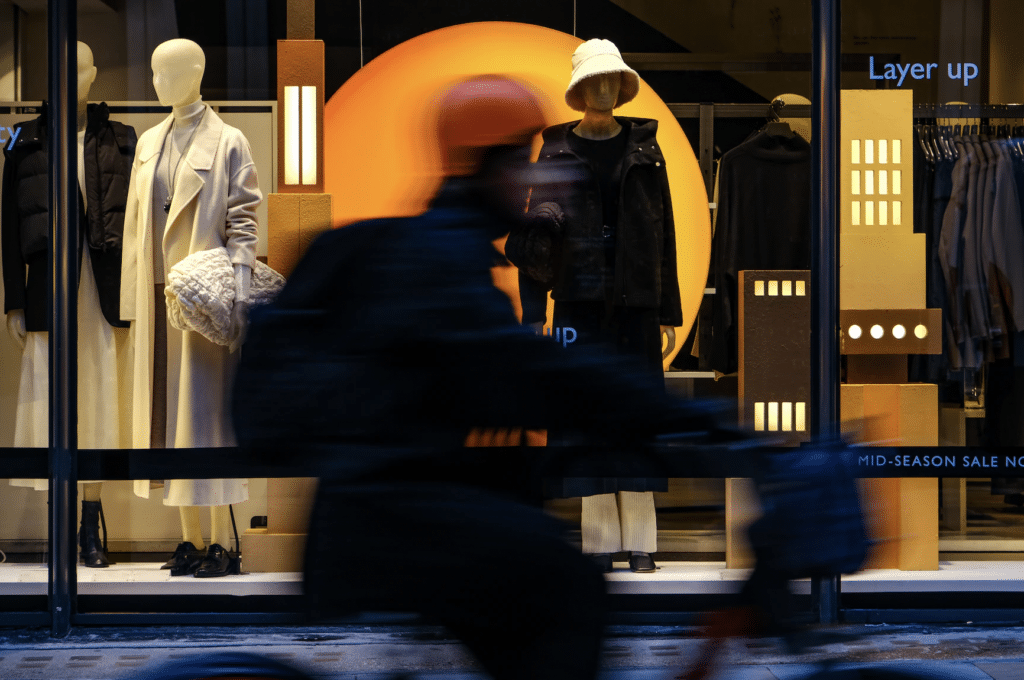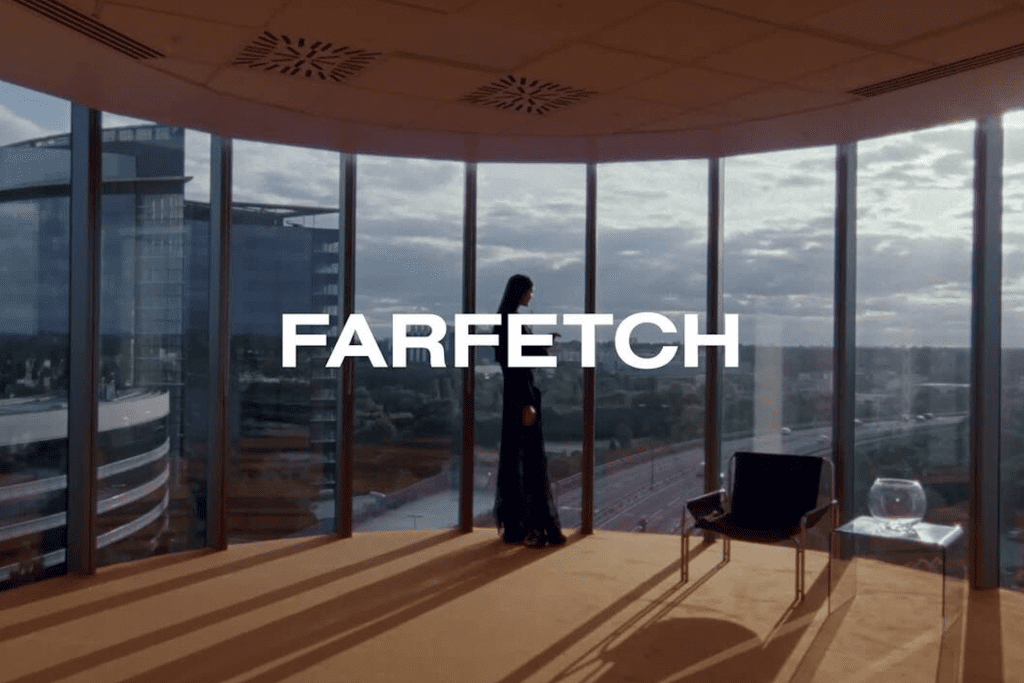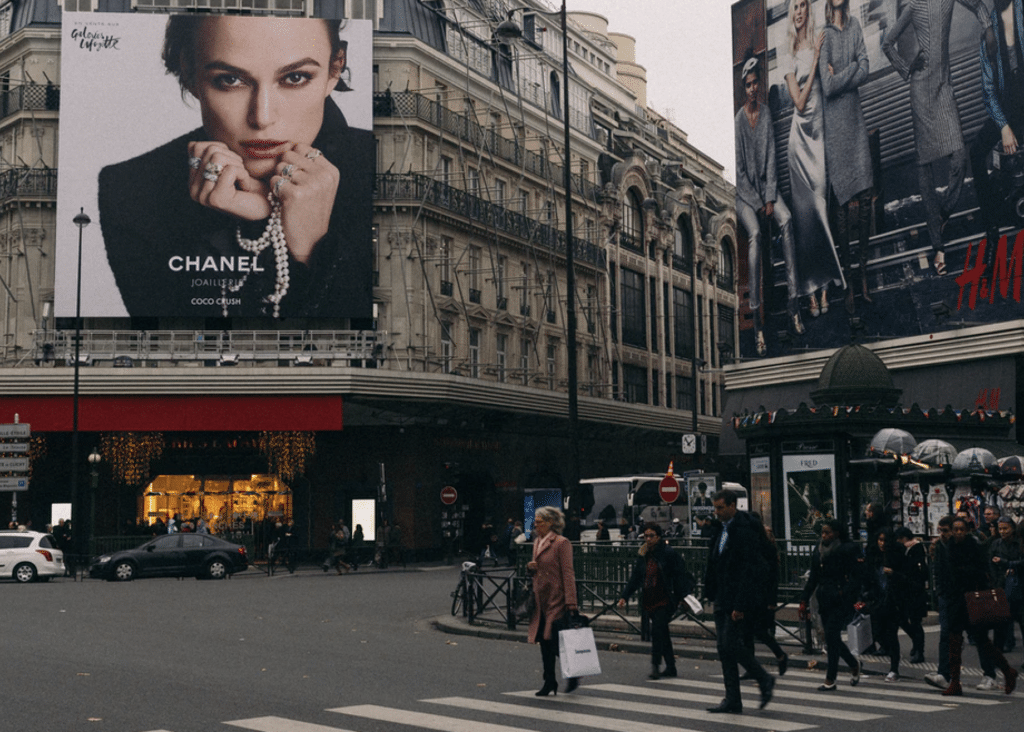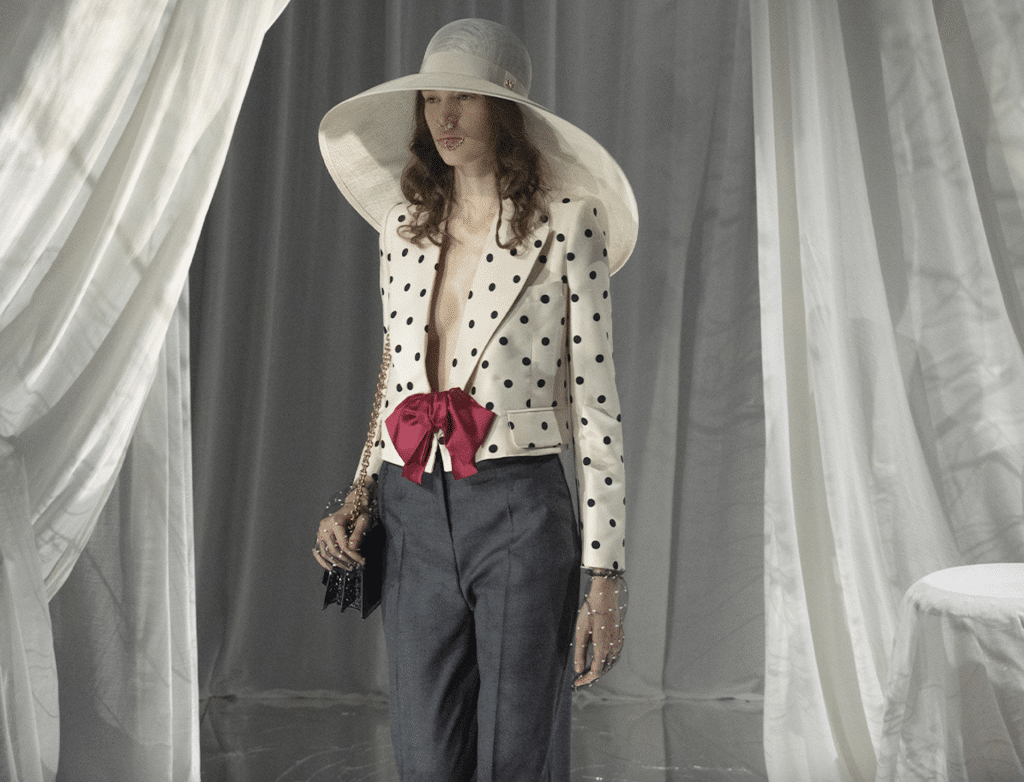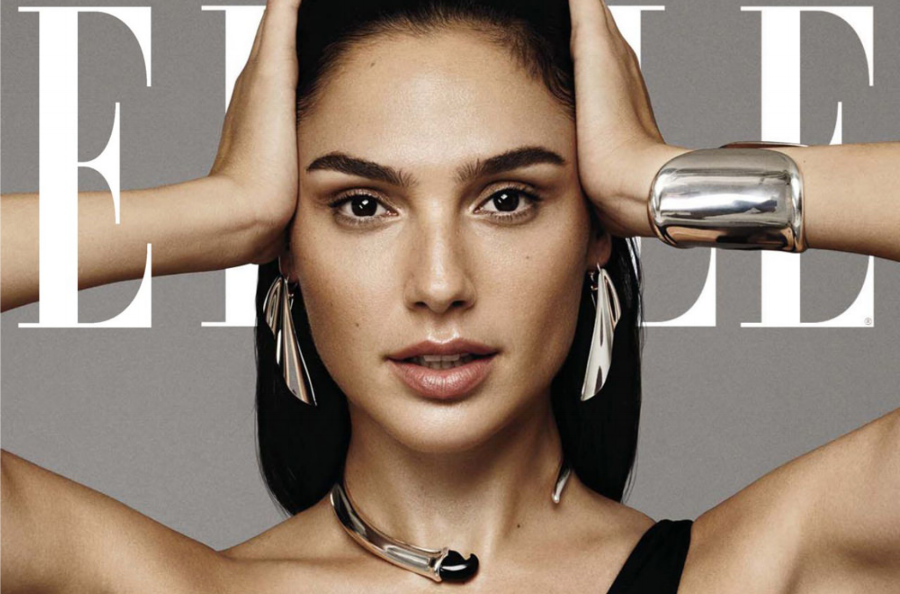 image: Elle
image: Elle
ELLE has never been one to focus exclusively on fashion. In 1945 when Hélène Gordon Lazareff, launched the native French publication alongside her husband Pierre Lazareff, founder of the French daily newspaper France-Soir, she set out to do things differently. This included advertising-free issues (an attempt to move away from the corporatization of publishing), consistent long-form journalism, and “a new tone,” according to the French National Audiovisual Institute, which saw Lazareff put “a particular emphasis on freedom, feminist demands and the consumer society.”
While most fashion-centric magazines in 1945 – just a year after women in France were granted the right to vote – were putting forth issues mostly filled with glossy editorial imagery, ELLE (French for “she”) made its mark with what has been described as more a newspaper than a magazine thanks to its lengthy articles, which often consisted of in-depth discussions of topics, such as feminism, something of a controversial topic at the time. There was still, of course, colored imagery and a focus on fashion at play.
The Making of a Magazine
“Deeply influenced by WWII, the immediate post-war political climate, leftist political philosophy and early feminist movements in France,” Lazareff, as noted by The Luxe Chronicles, “married both style and substance in her publication, [which was] instrumental in helping French women achieve significant gains most notably in workplace and reproductive rights.” Similar efforts were underway at Vogue around this time, under the watch of editor Edmonde Charles-Roux.
With the help of Françoise Giroud, who served as editor of ELLE in its earliest years, the magazine consisted of columns urging women to vote, and articles that emphasized the importance of women’s ability to vote independently of the political views held by their significant others and celebrated the number of women elected to the French Assembly.
Also in the mix: “Practical and feminine topics (fashion, beauty, horoscopes, cooking) and more feminist ones—such as sex education and abortion—with a view to informing women of their rights and leading them towards greater liberty and equality,” as Sandrine Lévêque wrote for Laboratorium Journal last year.
While ELLE was not without more conservative takes on the traditional gender norms/roles of the time, Lazareff, according to Peter Knapp, who was the art director for ELLE from the 1950s to the 1960s, unequivocally “believed that women were equal, if not superior, to men.”
Modern Day ELLE
Fast forward to 2018, and ELLE is the world’s largest fashion magazine, with 46 editions around the world. Lazareff’s publication, now almost 30 years after her death, has – for the most part – continued in the vein of her initial work. Yes, the pages of the magazine include advertisements now and it participates in brand partnerships, but the element of awareness surrounding “freedom and feminist demands” is still at play.
Consider the September 2016 issue for the magazine’s British edition. With multiple covers, the issue celebrated “The Rise of the Rebel,” highlighting the work of actress/activist Amandla Stenberg and trans model/actress/activism Hari Neff, among others. In putting Neff on its cover, ELLE became the first major British magazine to feature an openly transgender woman. It has continued to tackle feminist-related topics, whether it be a look at male feminists, the role of plastic surgery and makeup in feminist discourse, or Beyonce’s thoughts on freedom and feminism.
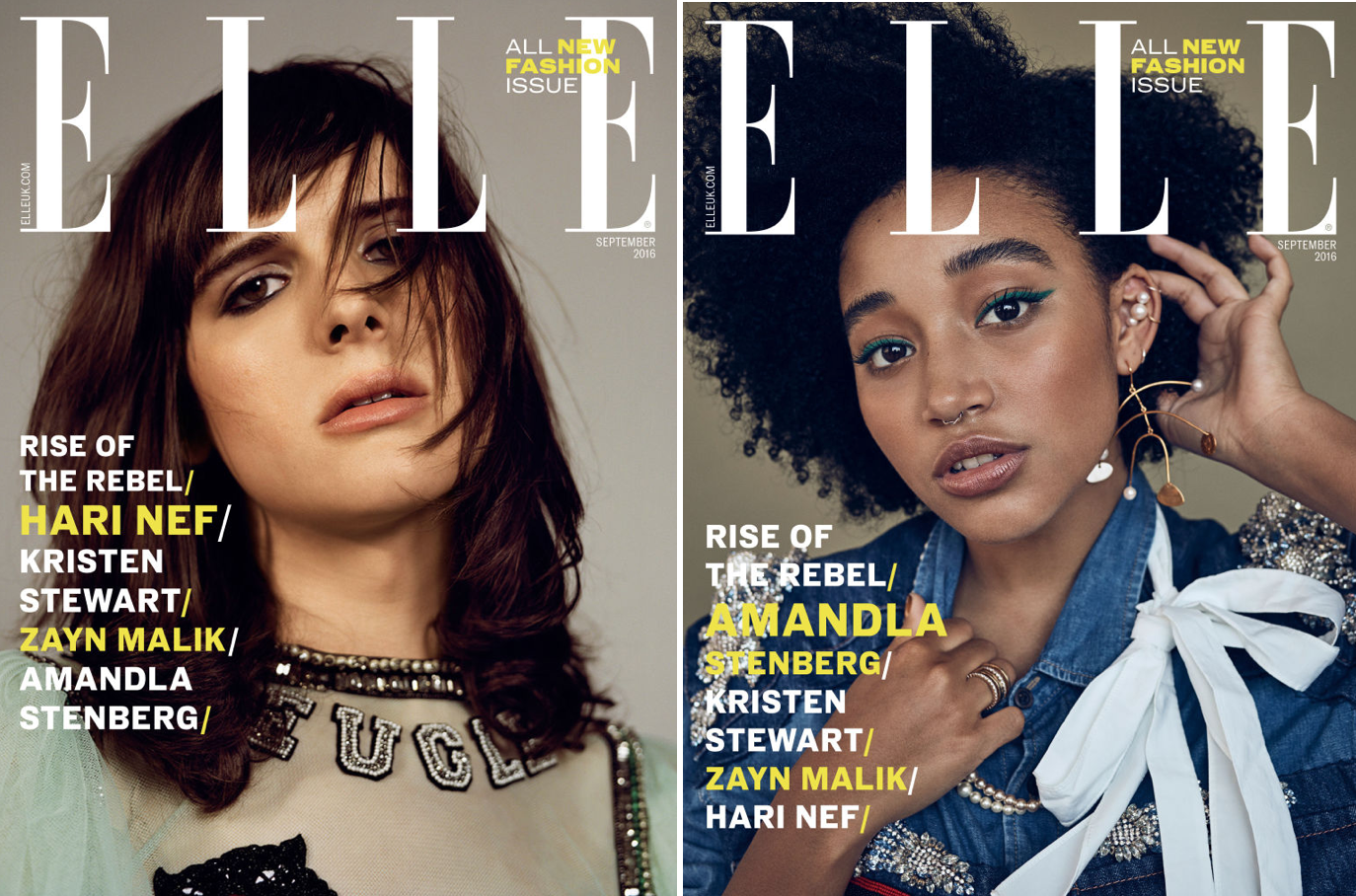
It has routinely kept its pulse on other cultural and political topics – addressing the proliferation of fake news and profiling the likes of Judy Woodruff, the 71-year old anchor and managing editor of PBS Newshour; U.S. Senator Lisa Murkowski of Alaska, who introduced, with a bipartisan group of senators, legislation to prevent deportation of DREAMers (undocumented immigrants brought here as children) this year; Rhea Suh, the president of the Natural Resources Defense Council; and Jacquelyn Days Serwer, the chief curator of National Museum of African American History and Culture, among others.
The Future
This focus on women’s issue that might not be exclusively tied to or depended on fashion, but nonetheless complement it, is slated to be strengthened thanks to some new masthead changes and editions of late. In September 2017, the magazine tapped Nina Garcia – the multi-faceted fashion force, who held the title of fashion director at ELLE from 2000 to 2008 before jumping to Marie Claire – to succeed editor-in-chief Robbie Meyers, who announced that she would step down.
And an ever newer addition to the masthead, as announced on Tuesday, comes by way of Stephen Gan, who will serve as its creative director. Mr. Gan was holding the same role at fellow Hearst title Harper’s Bazaar. (Hearst publishes the U.S. and UK editions of ELLE).
The photographer-turned-creative director will join Garcia in what he calls “the chance to give Lazareff’s vision a modern spin through a redesign which will hopefully touch ELLE’s massive global readership of young empowered women.” The industry veteran, who founded both V Magazine and Visionaire, joins ELLE with a marked zeal for the mission of Lazareff, saying in a statement this week, “I’ve been reading about Helene Gordon Lazareff. She was respected as a revered journalist and a visionary … and an advocate of freedom, women’s liberation.”
The new era of ELLE, according to Hearst Magazines chief content officer Joanna Coles, will see the publication buckle down on digital (Garcia is known for her prowess in this arena) and welcome a generation of new, young talent as part of a “much more global collaboration with the best young photographers and bright young writers from across the globe.”
As for Ms. Garcia, she says she is “looking to amplify the DNA of the brand. It’s bold, it’s provocative, it’s inclusive, democratic, it’s innovative. I just want to amplify all those things we know about ELLE.”
Lazareff would likely approve.











